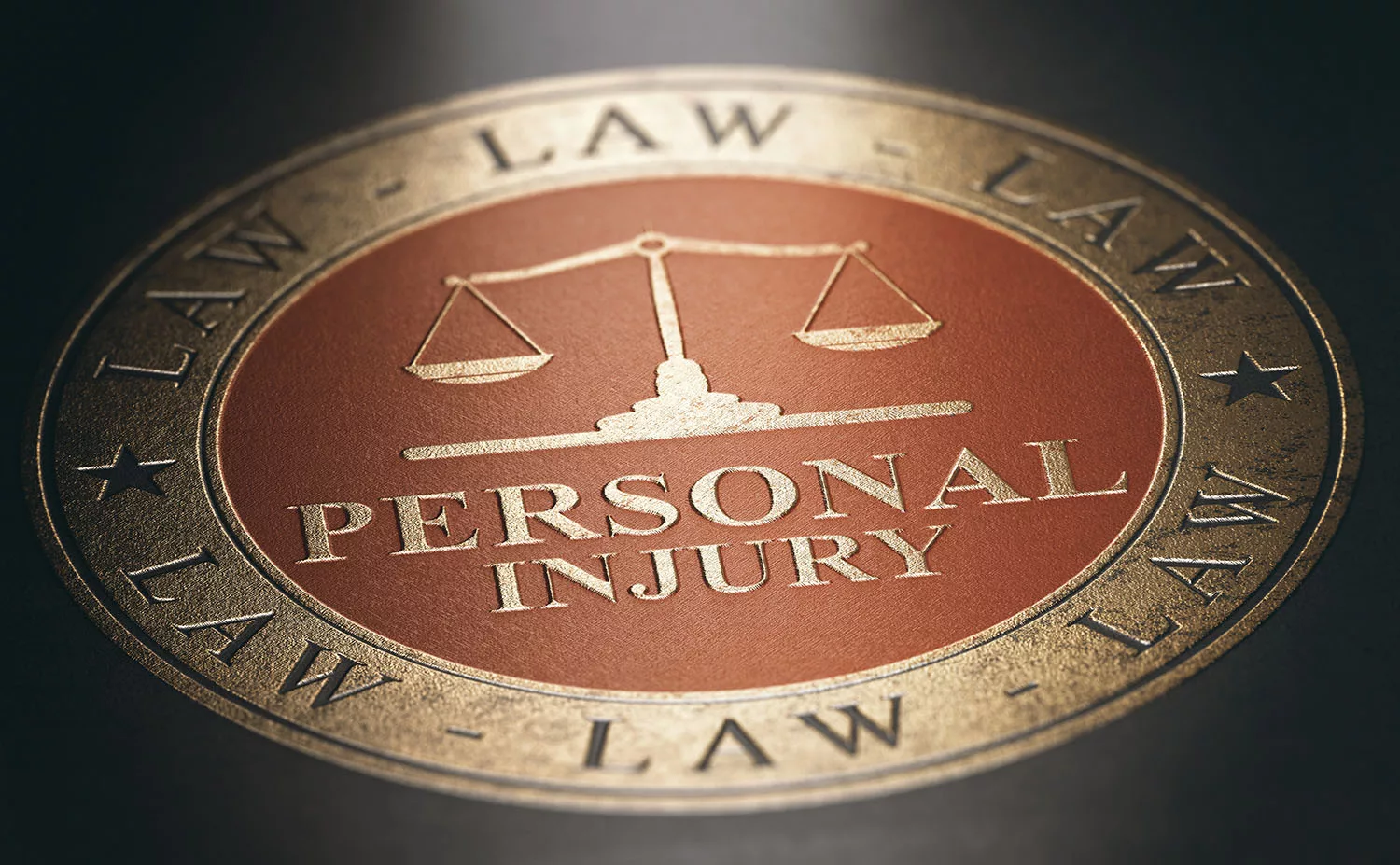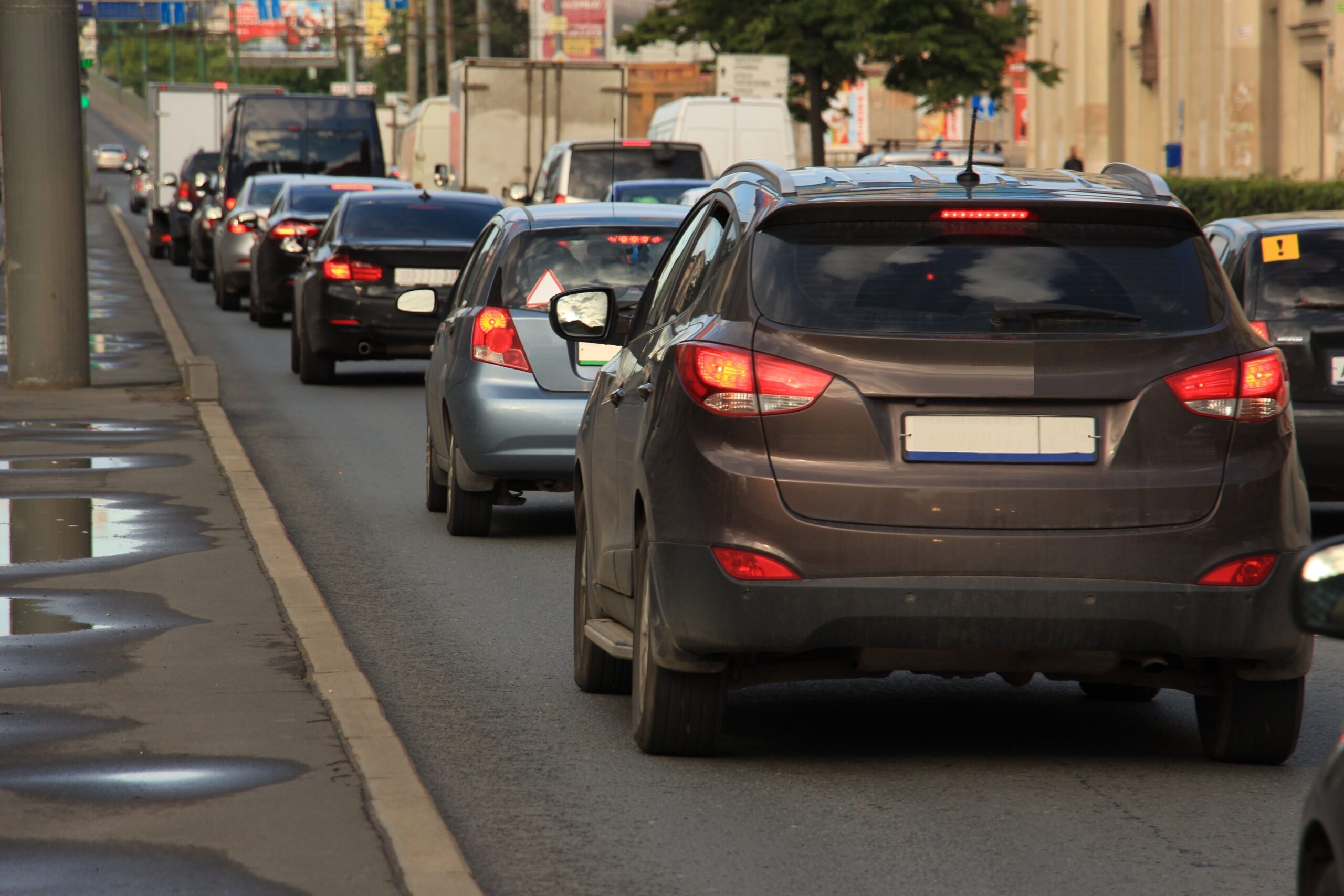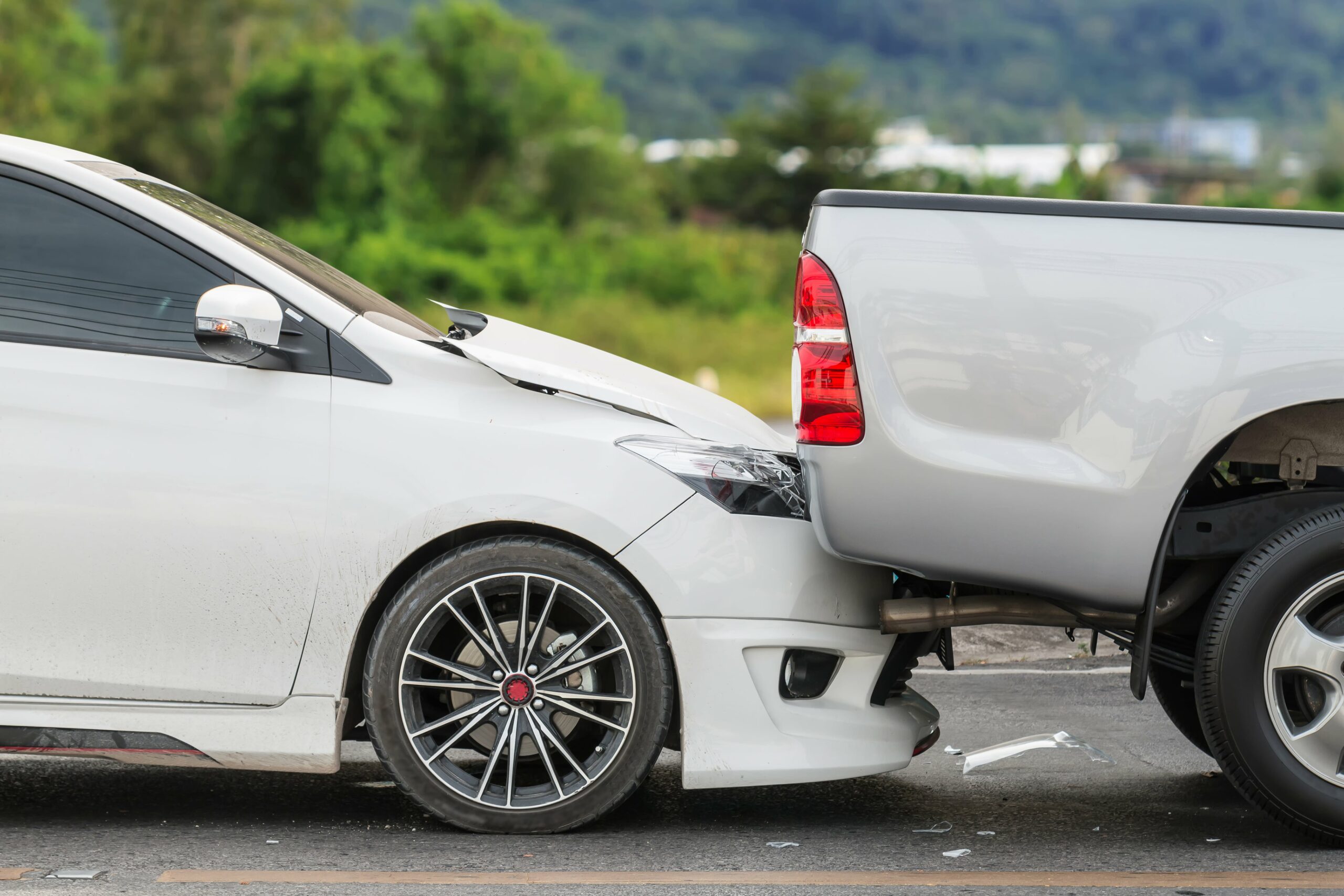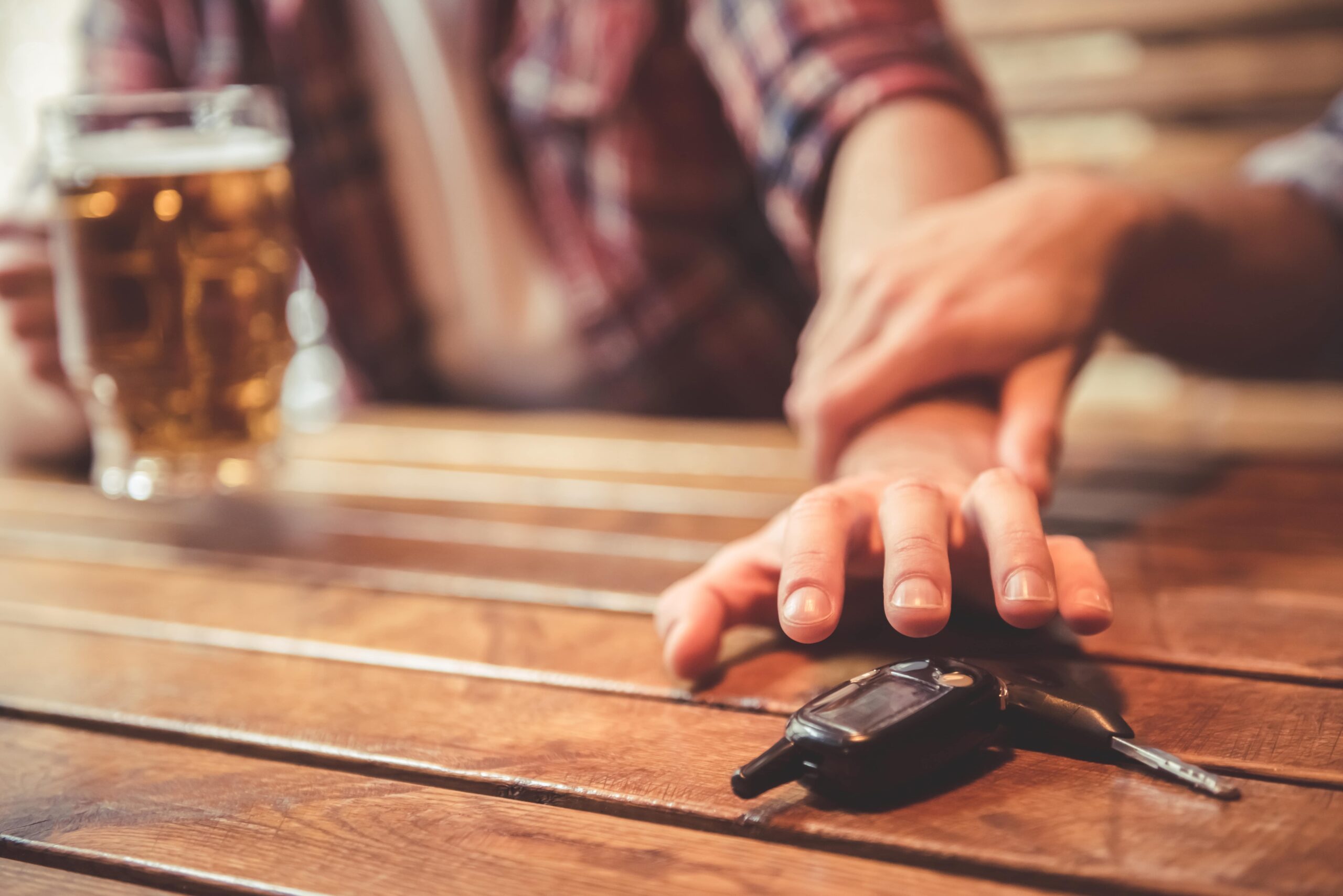Table of Contents
Tailgating is one of the most common mistakes drivers make. Whenever you get behind the wheel of a car, you have a responsibility to make careful decisions to ensure the safety of you, your passengers, and any other drivers. Unfortunately, even the smallest misstep or distraction can lead to a serious accident. Tailgating is something we are probably all guilty of. It is easy to follow another driver too closely, especially when navigating Texas’ busy highways. While tailgating may seem like a pretty innocent offense, this reckless action could have life-changing repercussions.
Tailgating can be confusing for many drivers – how close is too close? The problem with tailgating (especially on busy streets) is that it can prevent you from being able to react fast enough. If you are following the vehicle in front of you too closely, and they make a sudden stop or move, there’s a good chance you will find yourself in the middle of a frustrating rear-end car accident.
No one likes to be tailgated, so why do many drivers do it? Today we are going to take a closer look at the dangers of tailgating, including why it is so dangerous and what some of the common injuries following a tailgating accident are. At Green Law Firm, we believe in standing up for our clients and doing everything we can to ensure justice is served. If you are guilty of tailgating, or if you have been hit by another driver who was following you at an unsafe distance, give our accident attorneys a call today. We will help you understand your options and what to do to recover damages for any injuries and medical bills. To learn more about tailgating accidents in Brownsville, contact Green Law Firm and schedule a free consultation.
Why is Tailgating So Dangerous?
When a vehicle is traveling at least 60 mph, a minimum of 240 feet is required to come to a safe stop. Typically, the first 60 feet is how long it will take a driver to react to the situation and realize they need to stop. The remaining 180 feet are needed to make a safe stop without hitting another vehicle. This is probably quite a bit more room than most people realize is needed to safely come to a halt.
Keep in mind that there are additional factors such as weather, road conditions, and what kind of vehicles involved that will also contribute to your ability – or inability – to stop. According to the National Highway Traffic Safety Administration, 23% of all accidents are rear-end collisions.
Michelin covers a few eye-opening tailgating statistics that help show us just how dangerous following too closely is:
- 74% of drivers have been tailgated in the last six months
- Wet roadways take four times as long to stop on
- 47% of drivers do not know what the recommended distance is for following another car
- Just 11% of drivers admit to tailgating another driver
As a general rule, keep 10 feet per 10 mph of speed between you and the car ahead of you. For example, if you are traveling at 50 mph, you should maintain about 50 feet of distance. We know it can be difficult to know exactly how close you are to another vehicle, so use your best judgment. When in doubt, the more distance that is between you and another car, the better. One study found that drivers are at the highest risk of being involved in a rear-end collision when they are following less than two seconds behind a vehicle. Often, drivers must make abrupt stops that seemingly come out of nowhere. If you are tailgating or distracted while driving, you could be putting yourself and others in danger.
Common Injuries Caused by Tailgating
Tailgating isn’t just annoying. It can come with some serious repercussions. When you tailgate another driver, you aren’t giving yourself enough time to react to what the car in front of you is doing. If they stop suddenly, swerve or change lanes, or slow down, and you aren’t prepared, it could cause an accident and a wide range of injuries. While we think about the injuries that can happen as the result of a rear-end collision at high speeds, there are just as many dangers associated with collisions at slow speeds.
Here is a look at the most common injuries caused by tailgating:
- Whiplash
- Burns from seatbelts
- Traumatic brain injuries (TBI)
- Internal organ damage
- Fractures
- Spinal cord injuries
- Back injuries
- Head injuries
- Superficial injuries to the face and neck
- Injuries caused by vehicle ejection
- Amputated limbs
- Death
Tailgating results in about 2,000 deaths and 950,000 injuries every single year in the United States. While many are minor and don’t require any long-term care, others are quite serious and can have a lasting effect.
How to Avoid a Car Accident Caused by Tailgating
The key to avoiding accidents and injuries caused by tailgating is to be mindful and pay attention to your surroundings. Tailgating often happens because of road rage and unsafe conditions, but other drivers are simply oblivious and don’t even realize how close they are following you. To avoid an unnecessary rear-end collision caused by tailgating, keep the following tips in mind:
- Maintain a safe speed that will allow you to stop behind the car in front of you
- Leave enough space between your car and the vehicle in front of you to make a sudden stop, if necessary
- Keep in mind that 18-wheelers and other large vehicles require more distance to stop
- Consider the weather. If it is raining, snowing, or foggy, double the distance between you and the vehicle in front of you
What is a safe following distance?
There are different schools of thought here, but in general, keep the following in mind:
- Two Second Rule – If the road is dry and clear, keep at least two seconds between you and the car you are following
- Four Second Rule – If the roads are wet and it is raining, try and maintain a four-second gap between you and the vehicle in front of you
- 10 Second Rule – If the roads are icy and it is snowing, or if they are in bad shape for another reason, keep at least 10 seconds of distance. This may seem excessive, but it is the safest way.
If you’ve been involved in a rear-end collision in Brownsville or elsewhere in Texas, contact Green Law Firm today. Our experienced car accident lawyers are here to help you understand your rights and what the next steps are following an accident. Our bilingual lawyers can answer your questions and will work with you to recoup damages for your injuries.










